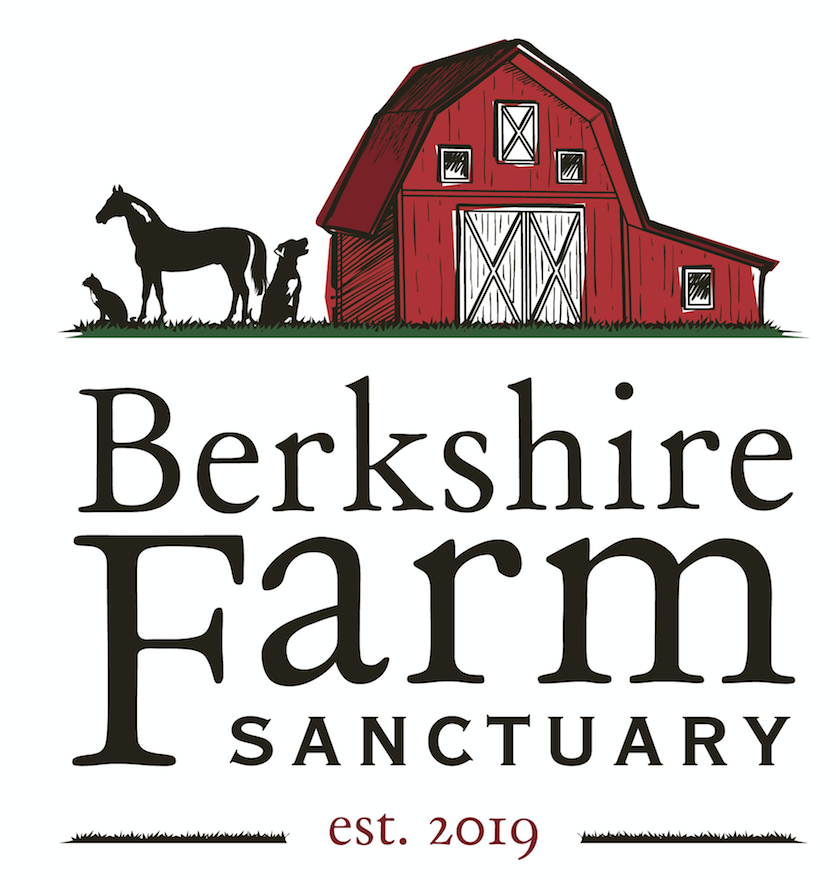Chickens
Chickens are native to the tropical jungles of Southeast Asia but have been domesticated in the last (approximately) 8,000 years and are found on every continent but Antarctica.
Chickens belong to the family Phasianidae, which includes pheasants, partridges, junglefowl, turkeys, Old World quail, and peafowl.
An adult male chicken is called a “rooster” and an adult female is called a “hen.” Roosters are larger, usually more brightly colored, and have larger combs on top of their heads compared to hens.
Chickens are opportunistic feeders and forage for food by scratching their beaks on the ground, searching for insects, seeds, fruits, and vegetables. In captivity, chickens are primarily fed chicken feed that consists mostly of grains and grain byproducts.
Did you know that chickens have four basic types of feathers? Contour (outer protection), plumules (fluffy down), filoplumes (sensory receptors at their base) and bristles (facial protection).
Chickens can fly but because they are heavy, they can only go about 200 ft.
The tip of a chicken’s beak is composed of clusters of highly sensitive receptors which allow them to differentiate between all textures, objects and substances.
Chickens are diurnal, meaning they can’t see in the dark. However, they can sense whether it is light or dark out through the pineal gland, which sits above their midbrain, behind their eyes.
Chickens see more colors than humans! The human retina contains cones that are only sensitive to wavelengths of red, blue and green, while chickens have an additional cone that can detect violet and some ultraviolet wavelengths.
And, in addition to seeing more colors than humans, chickens have the ability to focus close up and far away at the same time, in different areas of their field of vision.
It’s not just “clucking” – chickens have a language that consists of at least 24 different vocalizations.
Mother hens are called “broody hens” when they are sitting on their nests. (A hen can lay more than 300 eggs per year!) She will turn her eggs about 50 times per day, using her body, feet and beak to carefully move each egg so it maintains the correct temperature, moisture, ventilation and humidity during the incubation period.
While sitting on her eggs, the mother hen will coo and murmur to the unhatched chicks, building a bond by talking to them while they are still in the shell. The chicks often peep back to her just before they are ready to hatch.
Baby chicks can eat and walk without help soon after hatching but they still need mom to help keep them warm.
Dust “baths” helps chickens to their keep feathers clean, and free of mites, lices and other parasites.
Chickens are gentle, intelligent birds. When allowed, they spend their days foraging in the grass for insects and seeds, taking dust baths, and building nests and raising their young. Sadly, the majority of chickens don’t get to live such a happy and natural and happy life.
There are approximately 25.9 billion chickens in the world, with 518.3 million in the United States. A large majority are hens used for egg-laying and broiler meat production. Sadly, around 2,000 meat chickens are slaughtered every second around the world.
How you can help chickens.
Chickens are one of the most abused animals on earth. They are raised in huge, crowded sheds, and cramped cage and in conditions where they suffer painful heart, skin, lung and bone problems and stress.
Both egg-laying hens and broiler chickens have abnormally shortened lifespans. “Layer hens”, chickens bred and forced to lay mass quantities of eggs, only live 18 to 24 months old before they are sent to slaughter; “Boiler chickens”, chickens raised for meat, only live 47 days. A big difference when comparing to the natural lifespan of 10-15 years.
What can you do for chickens?
Ask questions, read and do research and educate yourself and others. Learn about chickens, factory farming and what is being done to try and change laws to better the lives of these sweet, gentle and intelligent birds. If you or your family eat chicken or eggs, get them from a local farm where they are more humanely treated and allowed to live naturally. Get involved. Visit a farm sanctuary. Show kindness and compassion by making the world a better place for chickens.




